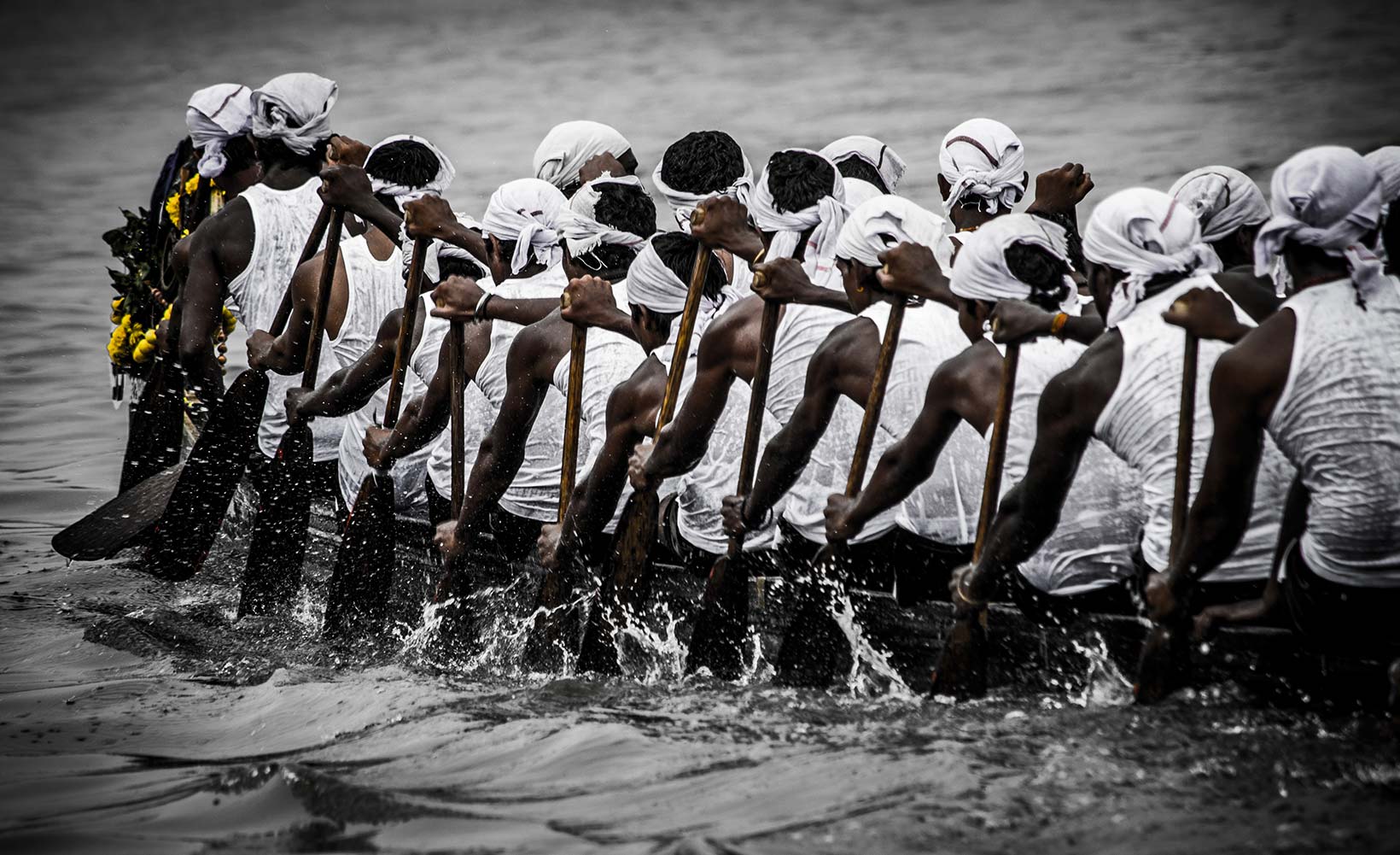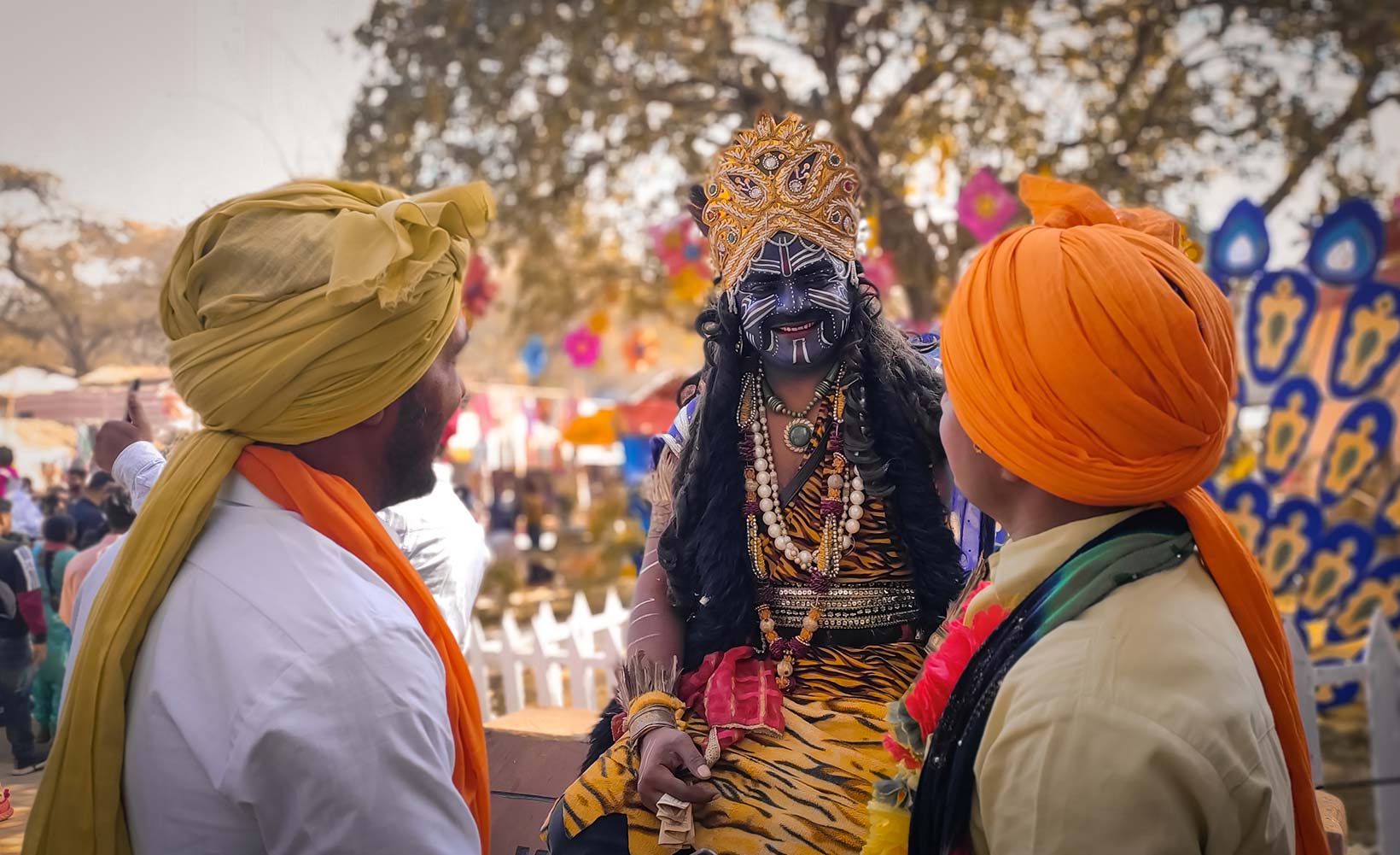
Situated in the western end of the Himalayas, Ladakh is an extension of the Gobi Desert and the Tibetan Plateau which has some of the world’s highest and harshest terrain. The word ‘Ladakh’ literally translates to the Land of the High Passes and in the Himalayas, which stretches from the Karakoram in the west to the Namche Barwa in the east, across five countries – India, Bhutan, Nepal, China, and Pakistan – these high passes are the stuff legends are made of. From Alexander of Macedonia, celebrated Chinese travellers such as Fahien and Huen-Tsang, Atisha the Buddhist Monk of Bihar who carried the world of the Buddha across Asia, to traders on the fabled Silk Route – saints and sinners alike have moved through these formidable passes that are still considered as sacred spaces.

In Buddhism, it is believed that whenever you cross a high pass in the Himalayas you should let your eyes gaze into the sky with complete awareness, stare straight into the middle of the sky and shout “ki ki so so lha gyalo”(meaning victory to the Gods). This practice is still religiously followed by all Ladakhi taxi drivers during the journey from Manali to Leh where one has to cross four such high passes.

Leh is the joint capital and one of the two districts of Ladakh. For centuries Leh was an important stopover on trade routes along the Indus Valley between Tibet in the east, Kashmir in the west, and also between India and China. The journey through large stretches of stark high altitude cold desert, on horses and foot, was so treacherous that there used to be a local saying in Ladakh that you got to be the best of friends or the worst of enemies to embark upon it.

On 24 May 1948, a Dakota DC-3 transport aircraft landed in Leh with much-needed reinforcements for the desperate Indian Army garrison with just 33 men. This was a momentous event that helped India retain a vast portion of the Ladakh region by repulsing the tribal raiders supported by the Pakistani Army. The makeshift airstrip was built in a record time of two months by a young and enterprising Ladakhi engineer named Sonam Norbu, braving the most challenging conditions of the harsh winter. Some of the locals still fondly recall how even before they saw a bicycle, or for that matter any vehicle, they witnessed the landing of an aircraft which they thought was a flying horse. This inaccessibility has helped preserve a traditional way of living and Buddhist culture which is the highlight of a visit to the Ladakh region.

Leh and Ladakh, contrary to popular perception, now have some beautiful, charming, comfortable, and even luxury properties. Delhi and Mumbai have daily non-stop flights to Leh round the year. A stopover of at least two to three days in Leh is advised for total acclimatisation before embarking on any activities should one take a flight to Leh.






Excellent blog, very well written. Thanks.
Thank you, we are happy to see you are enjoying the content, please do let us know in case you would like to read about anything specific topic.